Efficient technology helps lower emissions
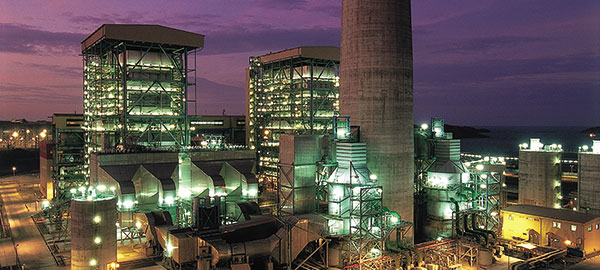 |
| Wet flue gas desulfurisation techonology in action, helping to control sulfur oxide levels |
This challenge is greatest in rapidly growing economies, where providing energy access to citizens as well as industry is often a government priority. Producing energy comes with an environmental cost, and many developing cities have been experiencing challenges with air pollution in the process of economic development.
COP21 responsibilities
As the global community faces up to the climate change challenge - due to greenhouse gas emissions - regulations have become more stringent.
In December 2015, during the 2015 United Nations Climate Change Conference (COP21), 195 nations gathered in Paris to sign an historic agreement to combat climate change, introducing actions and investment towards a low carbon, resilient, and sustainable future.
The Paris climate change agreement commits countries to keep global warming below two degrees Celsius above re-industrial levels. To meet this commitment, governments need to balance the electricity demand and environmental impact needs.
New energy mix
On a macro level, the world needs roughly 3 per cent more electricity each year, and forecasts show that 2,500 gigawatts of power is needed to sustain that growth. To meet this need, one fuel source alone is not enough - instead, a fuel mix is required. Coal-fired power plays a vital part in the energy generation mix globally. Today, 40 per cent of the world’s electricity is produced from coal. GE predicts that coal’s share will decrease only slightly, to 30 per cent over the next decade, as coal is often both affordable and available, and provides a reliable source of energy in the fast-growing regions where new generation capacity is critical such as in India, China, the Middle East and Africa. Success here depends on how fossil-fuel powered plants deliver power more flexibly, responsively and cleanly. With coal set to remain world’s second largest energy source through 2030, new GE technology will be critical to achieving global greenhouse gas reduction targets set out at COP21.
Vietnam’s energy future
Vietnam is going to produce a major part of its needed power from coal too. The country’s revised Power Development Plan 7, unveiled in March 2016, sets out a blueprint for expanding power generation by using a mix of energy sources. The plan foresees installed capacity to rise to 265GW by 2020. Of the amount, by 2020, coal-fired power will account for 42.7 per cent of all energy sources, up from the current 33.4 per cent.
Therefore, Vietnam needs technologies that enable it to produce power more efficiently while lowering the environmental impact.
Smarter, cleaner steam power
Responding to these issues, GE has developed a portfolio of technologies to meet this need for smarter and cleaner energy, combining physical strengths of legacy Alstom technology with GE’s industry-leading digital capabilities to deliver better performance, greater efficiencies and improved reliability of coal-fired steam power plants, while reducing dramatically greenhouse gas emissions.
First of all, the portfolio includes technologies that achieve the highest efficiency rate at a power plant, delivering close to 50 per cent against the global average of 33 per cent. The impact on carbon dioxide (CO2) emissions is significant, as every percentage point improvement in efficiency reduces CO2 emissions by 2 per cent and can reduce fuel consumption by 67,000 tonnes of coal per year with the same megawatt of output. While this is the world’s most efficient technology at the moment, GE is pushing the technology’s limit to improve the efficiency even further. They think they can get an additional 1.5 percentage points over the life of the plant – and have a path to even greater efficiencies.
A second element is air quality control systems, which can remove nitrogen oxide (NOx), sulfur oxide (SOx), and particulate matters from any coal-fired power plan. These solutions can remove up to 95 per cent of NOx and 99 per cent of SOx with no by-products or reagents. Today, GE’s technology is removing gaseous pollutants to meet the world’s strictest regulations – and it can do even more. As the world’s regulations become even stricter, GE’s technology is ready to respond.
And the digital capabilities that GE is developing today will improve the efficiency of a power plant even further. Digital capabilities connect energy producing machines via sensors to analytics software, enabling analysis and plant optimisation to achieve even better performance via greater efficiencies and improved reliability.
It is estimated that this can produce an additional one to two points of efficiency – 6 to 9MW more power – in a 600MW plant. The opportunity to reduce emissions and costs is enormous, as these technologies can both be retrofitted as well as built into new power plants. If all existing coal plants achieved just 40 per cent efficiency, the impact on CO2 emissions would already be considerable - two gross tonnes annually. The impact of 50 per cent efficiency across the coal power plant fleet would be a game changer.
This portfolio of both existing and new digital capabilities enables countries to power industries and homes while reducing the environmental impact on a global scale. In a fast developing world, GE is providing the support needed to efficiently power it.
What the stars mean:
★ Poor ★ ★ Promising ★★★ Good ★★★★ Very good ★★★★★ Exceptional
Latest News
More News
- Addressing Vietnam's energy challenges with aeroderivative gas turbines (February 28, 2023 | 09:33)
- How to sprint ahead in 2023’s worldwide energy priorities (February 08, 2023 | 13:55)
- Boosting Vietnam's grid stability through gas turbine technology (November 22, 2022 | 20:02)
- Healthcare trio collaborates to provide thousands of free breast scans (October 27, 2022 | 17:19)
- GE Healthcare's vision for AI-backed radiology (September 29, 2022 | 11:53)
- GE brand trio to shape the future of key industries (July 19, 2022 | 15:35)
- GE unveiling brand names and defining future (July 19, 2022 | 15:16)
- GE: the shortest route towards sustainability (July 18, 2022 | 08:00)
- Be proactive in an uncertain world (May 20, 2022 | 11:40)
- GE secures first 9HA combined cycle power plant order in Vietnam (May 16, 2022 | 17:06)




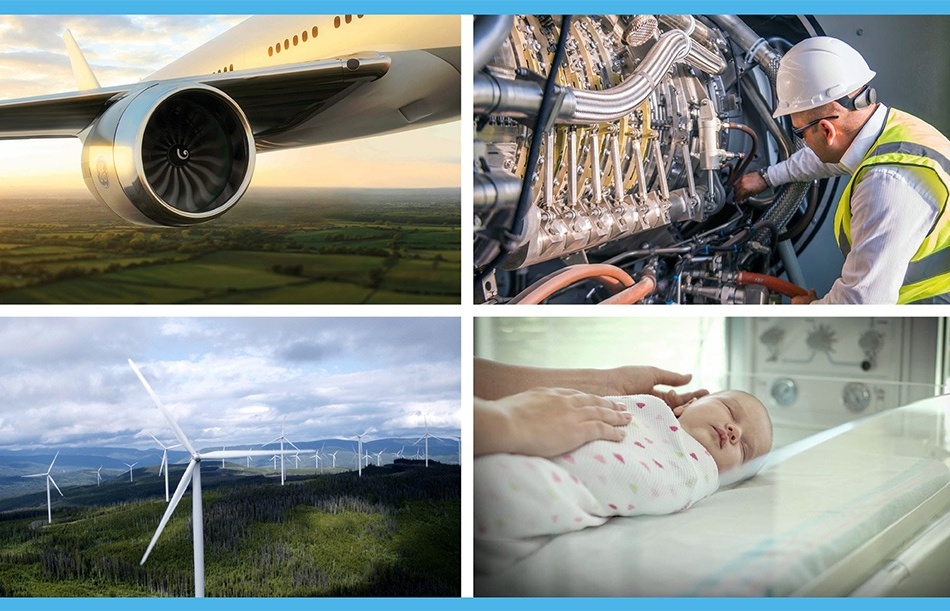

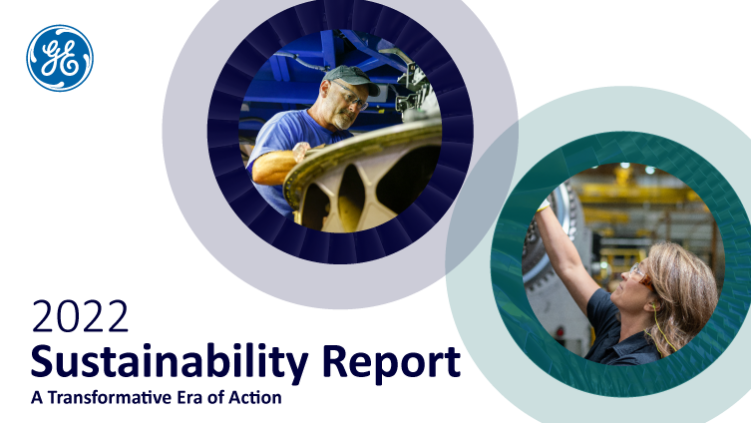
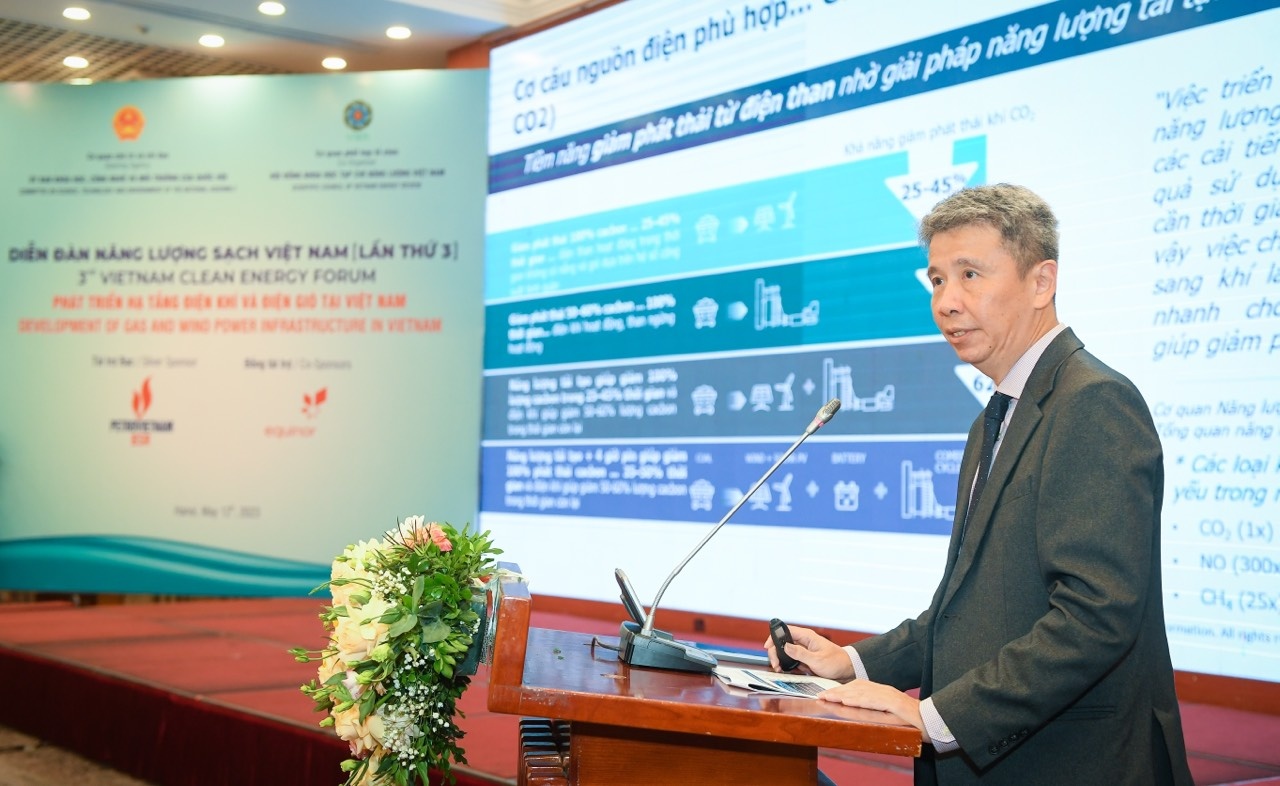
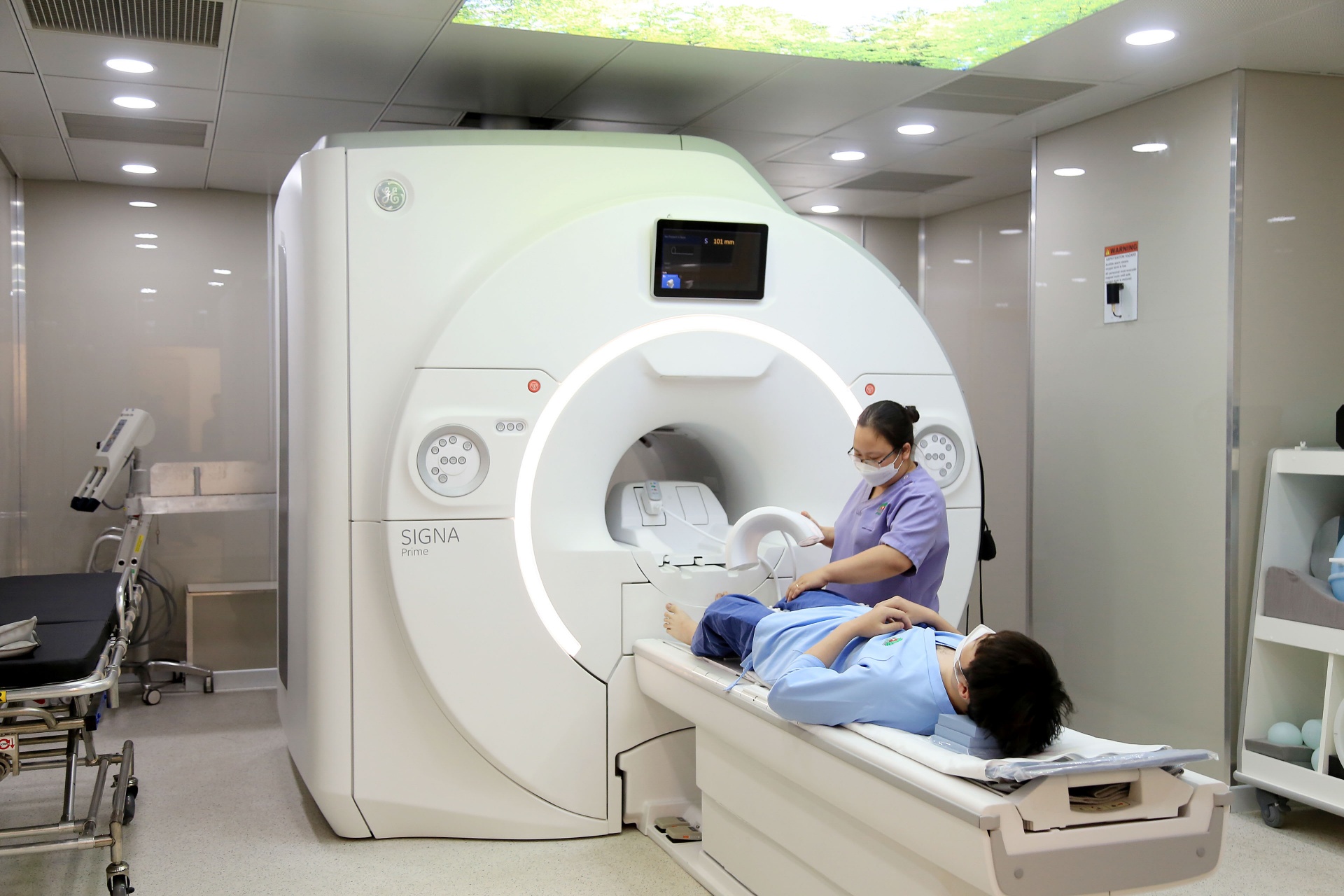
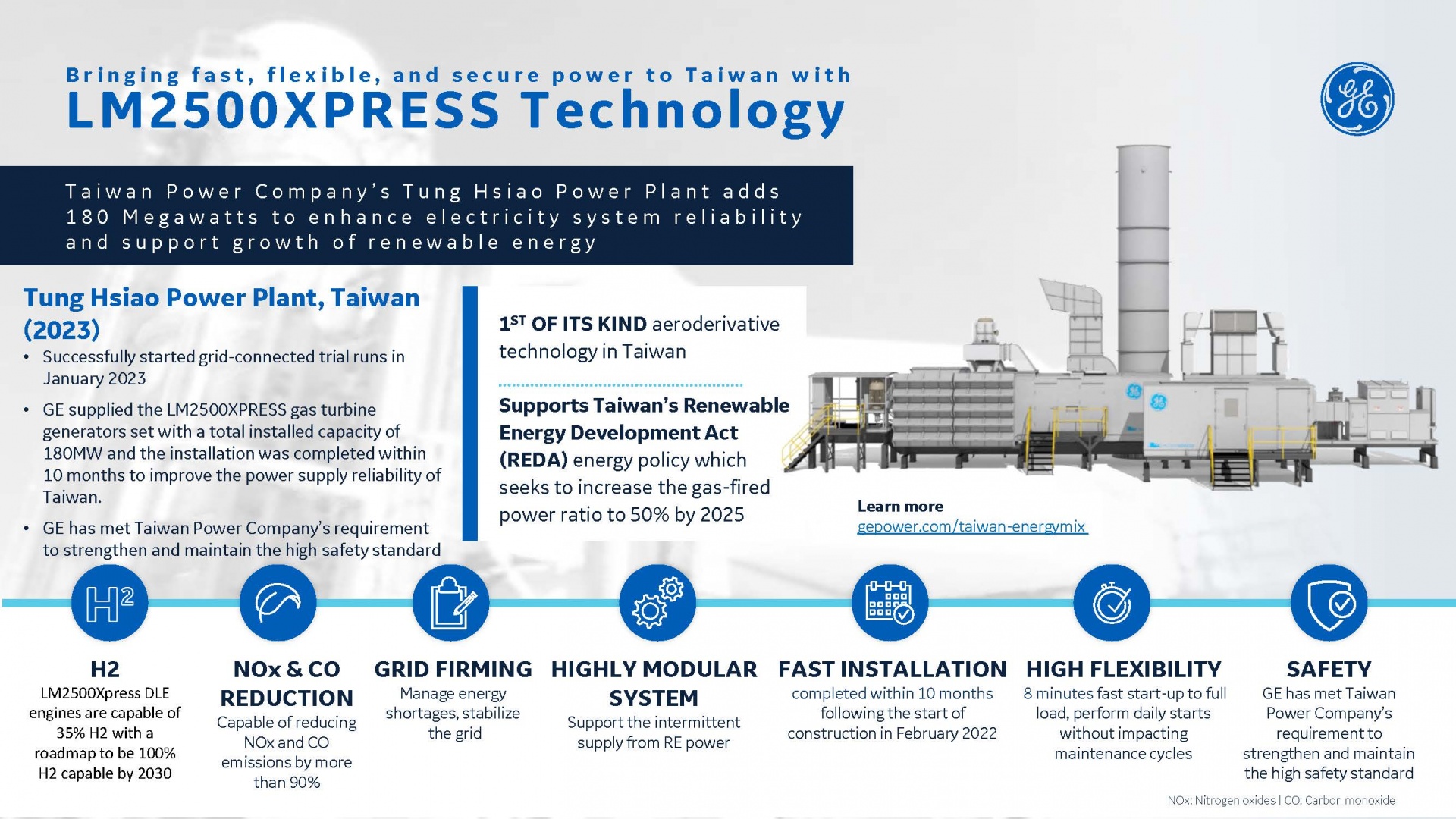



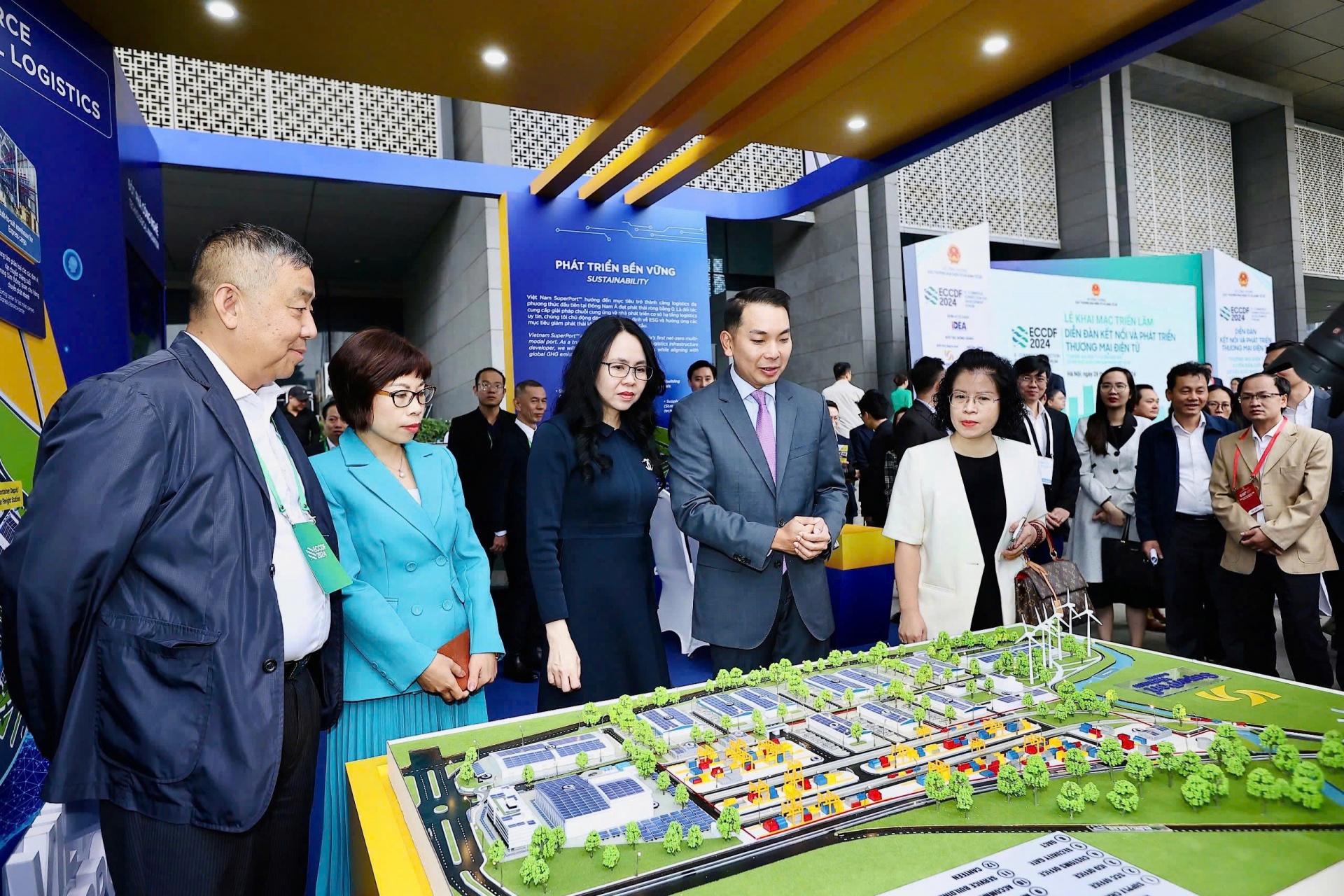



 Mobile Version
Mobile Version